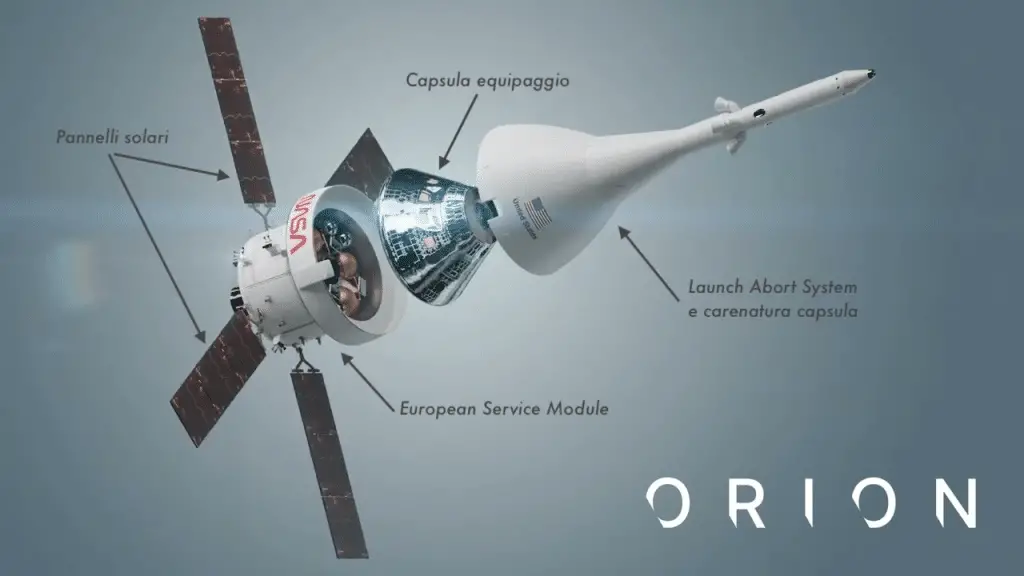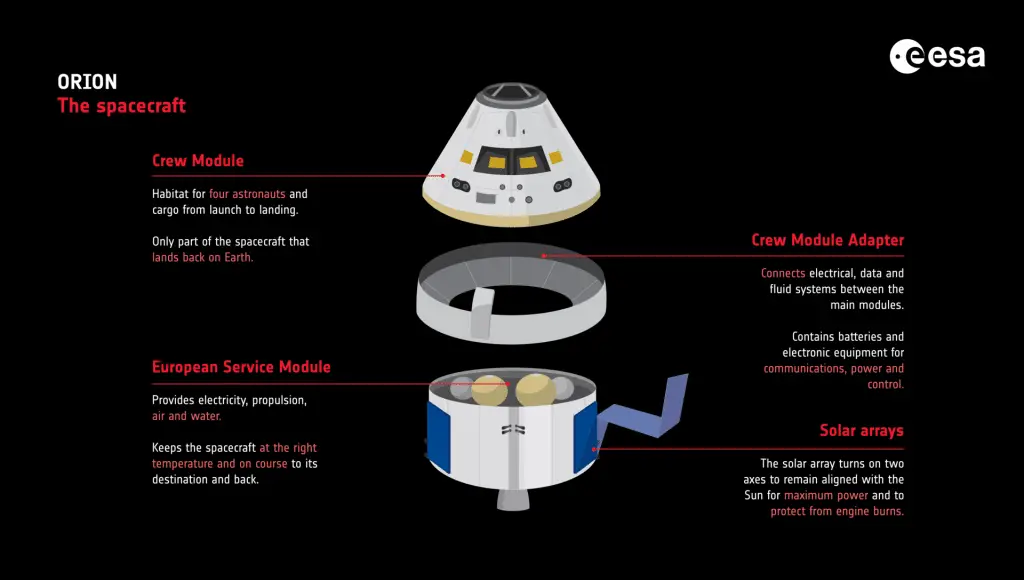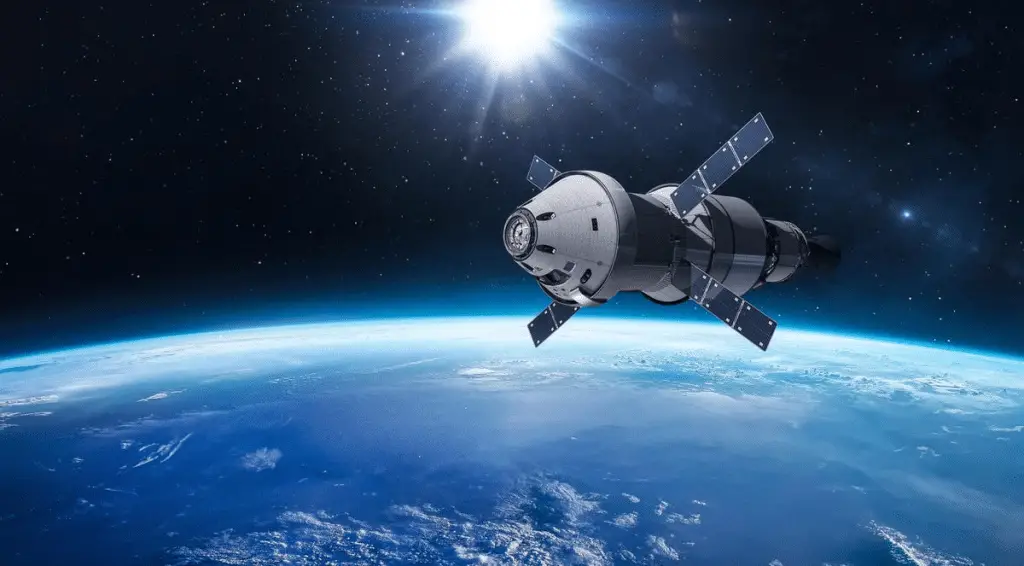Deep in the cosmos, where silence envelops everything and the stars shine like a beacon for humanity, lies our Moon, a satellite that has inspired dreams and legends for millennia, as well as having been the stage of one of the greatest human endeavors: the moon landing of the‘Apollo 11.
Now, decades later, humanity is ready to rewrite history with the Artemis II mission, and at the heart of this new chapter is the Orion spacecraft.
The Orion spacecraft represents thepinnacle of technological and scientific progressa symbol of hope and curiosity that extends beyond the confines of Earth, designed to carry astronauts to places never before reached, the Orion spacecraft is more than just a machine; it is the fruit of human ingenuitya bridge to the unknown and an invitation to explore.
The beginning of the Orion spacecraft’s journey
On June 28, 2024, the eyes of the world turned to the Kennedy Space Centerwhere the Orion spacecraft was lifted from the Final Assembly and System Test cell. This moment marked not only an engineering milestone but also the beginning of a series of crucial tests that precede the launch of the Artemis II mission, the first manned mission to orbit the Moon since the Apollo program.
The Orion spacecraft has been subjected to end-to-end performance checks of its subsystems and controls to detect leaks in the propulsion systems, with a 30-ton crane relocating Orion to the recently renovated altitude chamber, where it underwent electromagnetic testing.
The Orion spacecraft will now face a series of tests which will subject it to a near-vacuum environment, removing the air and thus creating a space where the pressure is extremely low, similar to what the spacecraft would experience during future lunar missions.
The data collected during these tests will be used to qualify the spacecraft to safely transport Artemis II astronauts through the hostile environment of space, steps that are essential to ensure that every aspect of the mission was meticulously planned and tested, minimizing risks and maximizing the chances of success.

The Artemis II mission is more than just a journey, it is a step towards the future of space explorationwhere humanity will be able to extend its presence beyond Earth, so with every test passed and every obstacle overcome, the Orion spacecraft gets closer to its destiny among the stars, carrying with it the hopes and dreams of us all.
The structure of the Orion spacecraft
The Orion spacecraft is the result of years of research and developmenta concentration of advanced technology and innovative design, where each component It was designed to withstand the extreme conditions of space and to ensure the safety and comfort of astronauts during their missions.
The heart of Orion is the Command and Service Module (CSM), which houses the crew and all the systems necessary for life and mission control, and is divided into two main parts:
- the Command Module, where the crew lives and works;
- the Service Module, which provides power, propulsion, and life support.
The Command Module It is a conical capsule, designed to maximize habitable space and ensure safe re-entry into the Earth’s atmosphere, and is also equipped with advanced heat shields to protect astronauts from the intense heat of reentry and sophisticated parachutes to ensure a soft landing.

The Service Moduledeveloped in collaboration with the European Space Agency (ESA), is equipped with highly efficient solar panels to provide electrical power to the spacecraft, and also contains the main engines and maneuvering thrusters that allow Orion to navigate in space and reach the Moon.
THE life support systems of the Orion spacecraft They are among the most advanced ever builtprovide breathable air, remove carbon dioxide, and control humidity and temperature inside the capsule. These systems are essential to keeping astronauts healthy and comfortable during long space missions.
The avionics of the Orion spacecraft represents the pinnacle of space technologywith on-board computers managing all the critical functions of the spacecraft, from orbital maneuvers to systems diagnostics, while instead communications with Earth are guaranteed by high power antennas and a data transmission system that allows astronauts to stay in contact with mission control.

Safety is the top priority in Orion’s design, with each system featuring multiple redundancies to ensure the mission can continue even in the event of a component failure, and it is also equipped with a launch abort system which can quickly separate the capsule from the rocket in an emergency during take-off.
These tests are crucial to qualifying Orion for spaceflight and ensuring it can safely carry astronauts through the harsh environment of space. Data collected during the tests is analyzed to optimize the spacecraft’s performance and prepare it for the Artemis II mission.
If you are attracted by science or technology, keep following us, so you don’t miss the latest news and updates from around the world!
#Orion #Spacecraft #Phenomenal #Moon #Trip